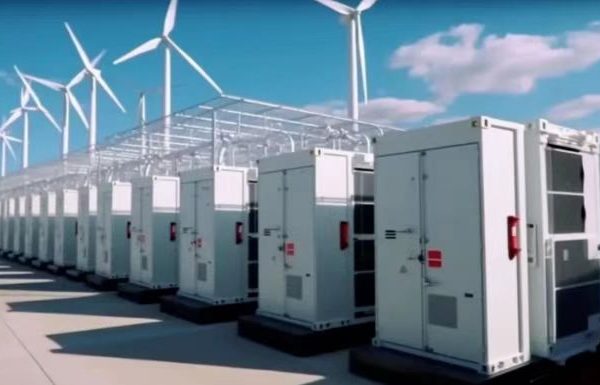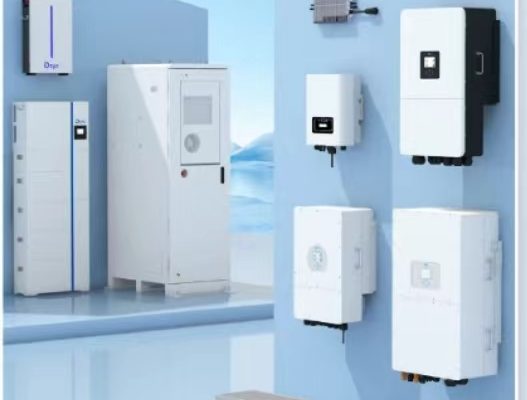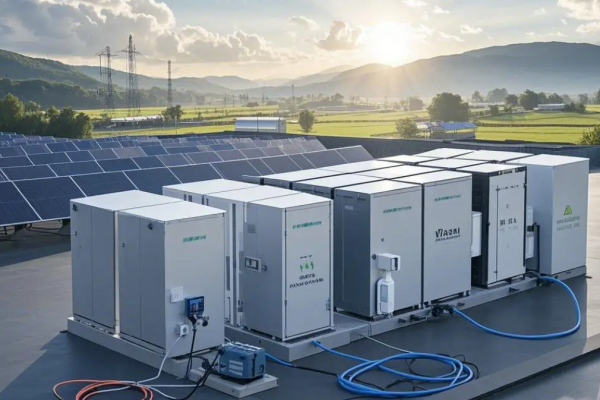1. Introduction
When it comes to designing and sourcing solar photovoltaic (PV) systems, one of the first technical decisions a customer or system designer faces is the choice of inverter technology. Two main types dominate the market today: string inverters and microinverters.
Understanding the differences between these technologies is crucial, especially for small and medium-sized enterprises (SMEs) and residential users aiming to optimize energy yield, system reliability, and cost. As a technical trading partner, helping your clients grasp these differences allows you to build trust and deliver tailored solutions that meet their real needs.
2. What Is a String Inverter?
A string inverter is the traditional and widely used type of inverter in PV systems. It is called a “string” inverter because it converts DC power from a series string of solar panels into AC power.
Key Features:
- Centralized inverter: One inverter manages multiple panels connected in series.
- Cost-effective: Generally less expensive per watt of capacity.
- Simpler installation: Fewer components and easier maintenance.
- Common in commercial and residential systems: Especially where shading or panel mismatch is minimal.
3. What Is a Microinverter?
A microinverter is a small inverter installed at the panel level. Each solar panel has its own dedicated microinverter, converting DC to AC independently.
Key Features:
- Decentralized design: Each panel operates independently.
- Maximized energy harvest: Panel-level optimization reduces losses from shading, soiling, or mismatch.
- Easier monitoring: Provides detailed performance data per panel.
- Higher upfront cost: More components mean higher initial investment.
4. Comparing String Inverters and Microinverters: Core Differences
| Aspect | String Inverter | Microinverter |
|---|---|---|
| Installation | Centralized inverter, simpler wiring | Installed on every panel, more complex wiring |
| Cost | Lower upfront cost | Higher upfront cost |
| Energy Harvest | Lower with shading/mismatch | Higher due to panel-level optimization |
| Monitoring | System-level monitoring | Panel-level monitoring |
| Maintenance | Easier access but one point of failure | More components, potentially higher maintenance |
| Scalability | Adding capacity may require inverter upgrade | Easy to add panels incrementally |
5. Which One Is Better for Small-Scale PV+ESS Systems?
When to Choose String Inverters:
- Projects with uniform sunlight exposure and minimal shading.
- Clients who prioritize lower initial cost.
- Systems where centralized maintenance is preferred.
- Installations with limited rooftop complexity.
When to Choose Microinverters:
- Roofs with complex shapes or partial shading.
- Customers who want maximum energy yield and detailed panel-level monitoring.
- Smaller systems where scalability and flexibility matter.
- Clients willing to invest more upfront for long-term performance.
6. Integration with Energy Storage Systems
Both inverter types can be paired with energy storage, but the approach differs:
- String inverter + battery inverter: Often uses hybrid inverters capable of handling PV input and battery storage, common in commercial applications.
- Microinverters + battery system: Usually paired with a separate battery inverter or an AC-coupled system.
Understanding these nuances helps clients choose a solution that fits their current and future energy needs.
7. Why Your Expertise Matters
As a technical trading partner, you bring value by:
- Explaining these complex differences in simple terms.
- Helping clients assess their site conditions and usage patterns.
- Recommending products with reliable supply and proven track records.
- Supporting system design to optimize cost, performance, and scalability.
Your role ensures clients avoid costly mistakes and gain confidence in their investment.
8. Recent Related Articles
- 👉 How to Guide the Client Through a 3kW / 5kW / 10kW System Decision
- 👉 What Customers Really Want from a Residential Energy System
- 👉 Real Case: Off-Grid PV + ESS in an Island School
9. Conclusion
Choosing between string inverters and microinverters depends on multiple factors including shading, budget, system size, and future expansion plans. There is no one-size-fits-all answer, but with careful evaluation and professional guidance, SMEs and residential users can select the right technology to maximize their return on investment and ensure stable, efficient power supply.
Helping your clients navigate this decision strengthens your position as a tru









